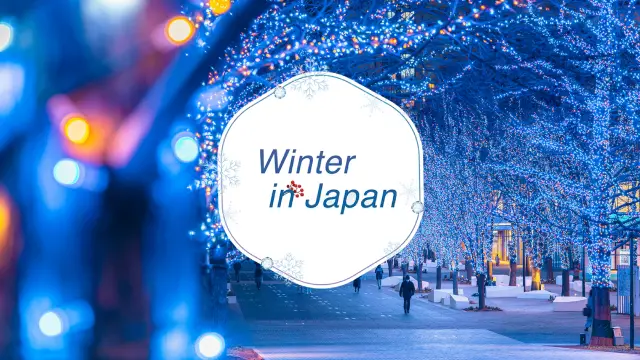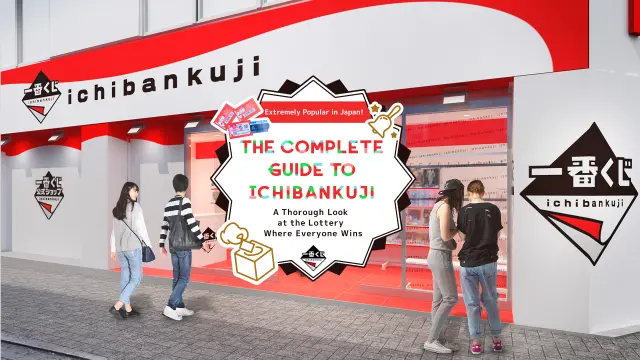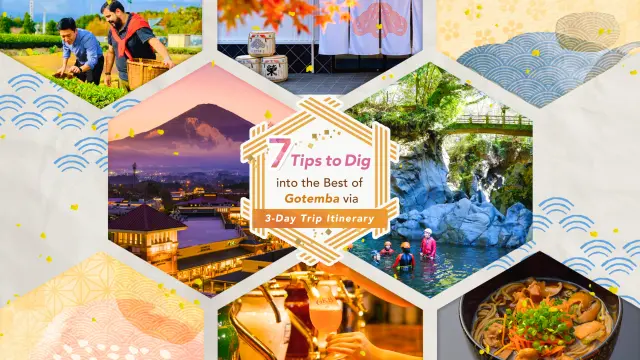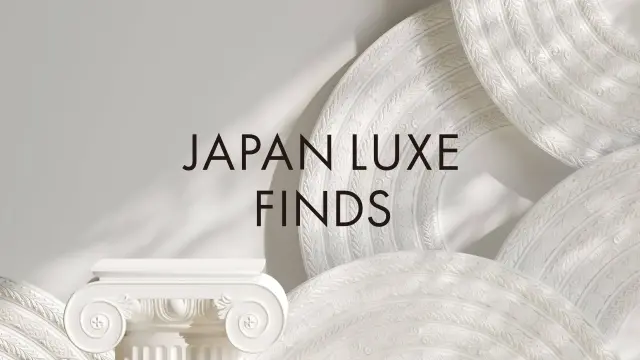This is the head temple of Rinzai School. Kujo Michiie wished to have a temple for his family burial under Reverend Shoichi Kokusi’s ministry, and built seven halls during 19 years beginning in 1236.
Since the foundation, ward and fires damaged it. The current gate was rebuilt in 1425, known as the oldest among the existing gates of zen temples. The 22m-tall gate was designated as a national treasure in 1952.
The monk hall (meditation room), restroom and bathing room are the same since the 14th century. The Buddha statue hall and the service room were burned down by a fire, but the main hall was rebuilt in 1934, where the 15m-tall Buddha statue is housed and 7.5m Kannon Bosatsu statue standing on either side.
The national treasure, Ryogin-an Hojo (the head priest’s residence in a zen temple), is Japan’s oldest Hojo architecture that still stands today. It is surrounded by rock gardens. The ravine toward Kaizando hall, where Engetsukyo, Tutenkyo and Gaunkyo Bridges stand, is known as the best spot for autumn colors in Kyoto.
Over 5000 cultural properties are curated here, such as the founder Reverend Shoichi Kokusi’s portrait, the monk artist, Cho Densu, and other painters’ work from the Middle Age and Buddha statues and crafts from early centuries.
Highlights
-
The head temple of Tofukuji in Rinzai School opened in 1255.
-
The oldest zen temple in Japan.
-
The meditation room, restroom and bathing room are the same since the 14th century.
-
The ravine on the premises is famous for autumn maple trees.
-
Over 5000 cultural properties such as paintings, statues and crafts are curated.









































